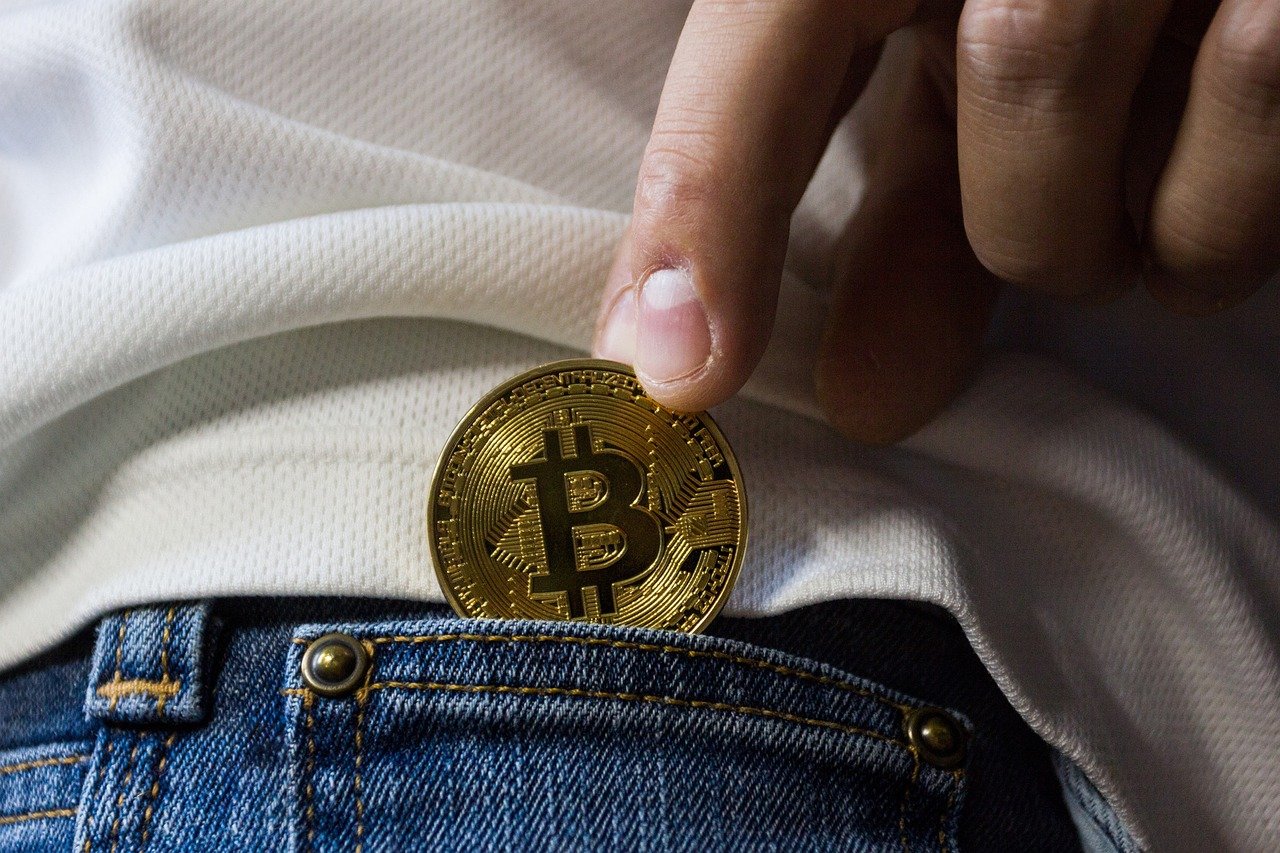Imagine a digital bonfire, but instead of burning wood, you’re burning cryptocurrency tokens. This seemingly destructive act, known as a token burn, is actually a strategic maneuver employed by cryptocurrency projects to potentially increase the value of the remaining tokens. Let’s delve into the world of token burns, exploring what they are, why they’re done, and their potential impact on the crypto ecosystem.
What is a Token Burn?
Definition and Mechanics
A token burn is the process of permanently removing a certain number of cryptocurrency tokens from circulation. This is achieved by sending these tokens to a “burn address,” which is a crypto wallet address that is inaccessible – nobody controls the private keys, making it impossible to spend the tokens sent there. Think of it like dropping tokens into a digital black hole. Once tokens are sent to a burn address, they are effectively destroyed and can never be recovered or used again.
Why Not Just Destroy Them Directly?
While the idea of directly deleting tokens might seem simpler, the immutability of blockchain technology typically prevents direct removal. Once a token is created, its existence is recorded permanently on the blockchain. The burn address method provides a verifiable and transparent way to achieve the same result without fundamentally altering the blockchain’s structure. The transaction sending the tokens to the burn address is recorded, providing proof that the tokens are indeed out of circulation.
Why Projects Burn Tokens
Increasing Scarcity and Value
The primary reason for token burns is to reduce the total supply of a cryptocurrency, thereby increasing scarcity. The underlying principle is based on basic supply and demand economics: if the demand for a token remains constant or increases while the supply decreases, the value of each remaining token should, theoretically, increase. This can be a powerful incentive for token holders and potential investors.
- Example: Binance’s quarterly BNB burns are a prime example. They commit to burning a percentage of their profits each quarter, reducing the total BNB supply and potentially increasing its value.
Maintaining Price Stability
Token burns can also be used to stabilize the price of a cryptocurrency. If a project detects inflationary pressures or a significant drop in value, a token burn can help to counteract this by reducing the circulating supply and potentially pushing the price back up.
Rewarding Token Holders
In some instances, token burns are part of a reward mechanism. For example, a project might implement a burning mechanism that is triggered by certain events, such as achieving a specific milestone or reaching a particular trading volume. This effectively distributes value to existing token holders by increasing the potential value of their holdings.
- Example: Some DeFi protocols burn a portion of the transaction fees collected, directly benefiting token holders by reducing the overall supply.
Removing Excess or Unsold Tokens
Projects often conduct initial coin offerings (ICOs) or token sales to raise funds. If not all tokens are sold during these events, the remaining tokens might be burned to avoid diluting the market or creating uncertainty about their future use.
How Token Burns Are Implemented
Scheduled Burns
Scheduled burns are pre-determined and occur at regular intervals, such as monthly, quarterly, or annually. These burns are often announced in advance to create transparency and manage expectations within the community.
- Example: Binance’s BNB burns are a well-publicized example of scheduled burns. They have a commitment to burn a certain percentage of their profits each quarter until 50% of the total BNB supply is burned.
Event-Based Burns
Event-based burns are triggered by specific events or milestones, such as reaching a certain trading volume or achieving a particular goal. These burns can be used to incentivize community participation or to reward token holders for their support.
Governance-Based Burns
In decentralized autonomous organizations (DAOs), token holders can vote on whether or not to conduct a token burn. This allows the community to collectively decide on the best course of action for the project.
Potential Risks and Considerations
No Guarantee of Price Increase
While token burns are designed to increase scarcity and potentially drive up the price of a cryptocurrency, there is no guarantee that this will actually happen. The success of a token burn depends on a variety of factors, including market conditions, investor sentiment, and the overall health of the project.
Manipulation and Misleading Information
Like any aspect of the cryptocurrency market, token burns can be subject to manipulation and misleading information. It’s essential to conduct thorough research and due diligence before investing in a cryptocurrency project that employs token burns. Be wary of projects that over-promise or make unrealistic claims about the potential benefits of token burns.
Impact on Long-Term Sustainability
Frequent or large-scale token burns can have unintended consequences for the long-term sustainability of a project. If the supply of tokens is reduced too drastically, it could create liquidity issues or make it more difficult to attract new users and developers.
Conclusion
Token burns are a complex and multifaceted tool that can be used to manage the supply and demand of a cryptocurrency. While they can be effective in increasing scarcity and potentially driving up the price of a token, they are not a guaranteed solution and should be approached with caution. Understanding the motivations behind a token burn, the mechanisms involved, and the potential risks is crucial for making informed investment decisions in the cryptocurrency market. Always do your own research and consider the long-term implications before investing in any cryptocurrency project.



